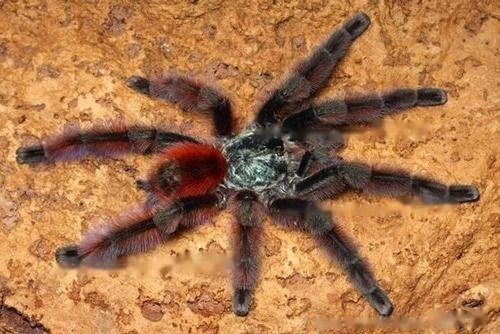The pink-footed spider, also known as the Guyana pink-footed spider, is distributed from Central America to Brazil. The number of origins is large, so that a large number of wild individuals enter the world every year.Pets Tarantula Market. Their docile nature and lack of kicking make them a very good breed for beginners to try out for the first time. So do you know where the pink-footed spiders are mainly distributed? Do you need to pay attention when raising them?

Pink-footed spider
Population distribution
Mainly distributed in Central and South America, native to Guyana, Brazil, and Colombia.
The pink-footed spider (Latin name: Avicularia avicularia), also known as the Guyana pink-footed spider, is native to Guyana, Brazil, Colombia, and is one of the most famous and classic pet tarantula species. They are distributed from Central America all the way to Brazil, and the large number of origins allows a large number of wild individuals to enter the pet tarantula market around the world every year. Their docile nature and lack of kicking make them a very good breed for beginners to try out for the first time.
Feeding Instructions
The instability of wild individuals and the fragility of young juveniles also make them considered a species prone to sudden death. Of course, as members of the Avicularia genus, their larvae naturally require more care to control the relationship between ventilation and humidity. In addition, choose relatively small food for feeding, because they are not afraid to attack prey larger than themselves.
The adult body length is 13-14 cm and the foot span is suitable. The suitable temperature is 26-28 ℃ and the suitable humidity is 85%. It is recommended to use moist peat, coconut brick and clay as the substrate. Their yields are not high, usually no more than 100 relatively large offspring. The juveniles are pink and the ends of the feet are black. The juveniles at 4 to 5 cm are considered to be the most beautiful, and the red abdomen is very deep but has not changed to the black abdomen of the adult individual.
Compared with other less common species of the same genus, pink-footed spiders are relatively inexpensive and less difficult to raise, and they are also considered as entry-level species of the genus Avicularia.

Subscribe to Newsletter
Professional platform for pets, dogs and cats.
![[Dog Training 5] The training method of pet dog dining etiquette](/static/img/12192/12192_1.jpg)




